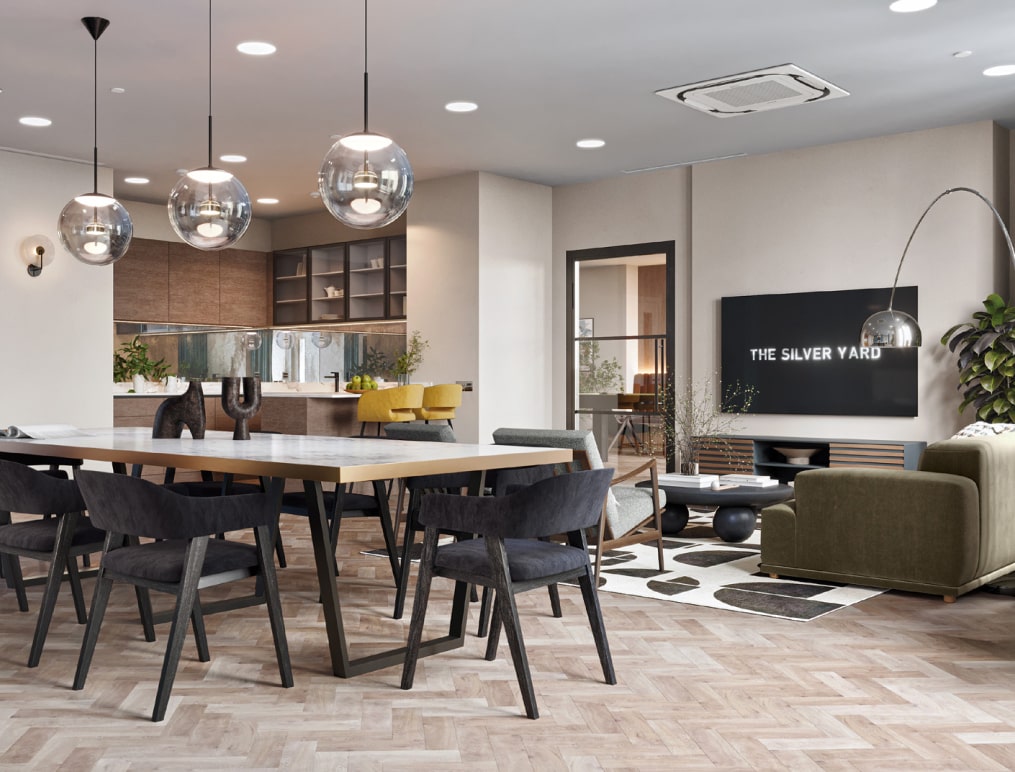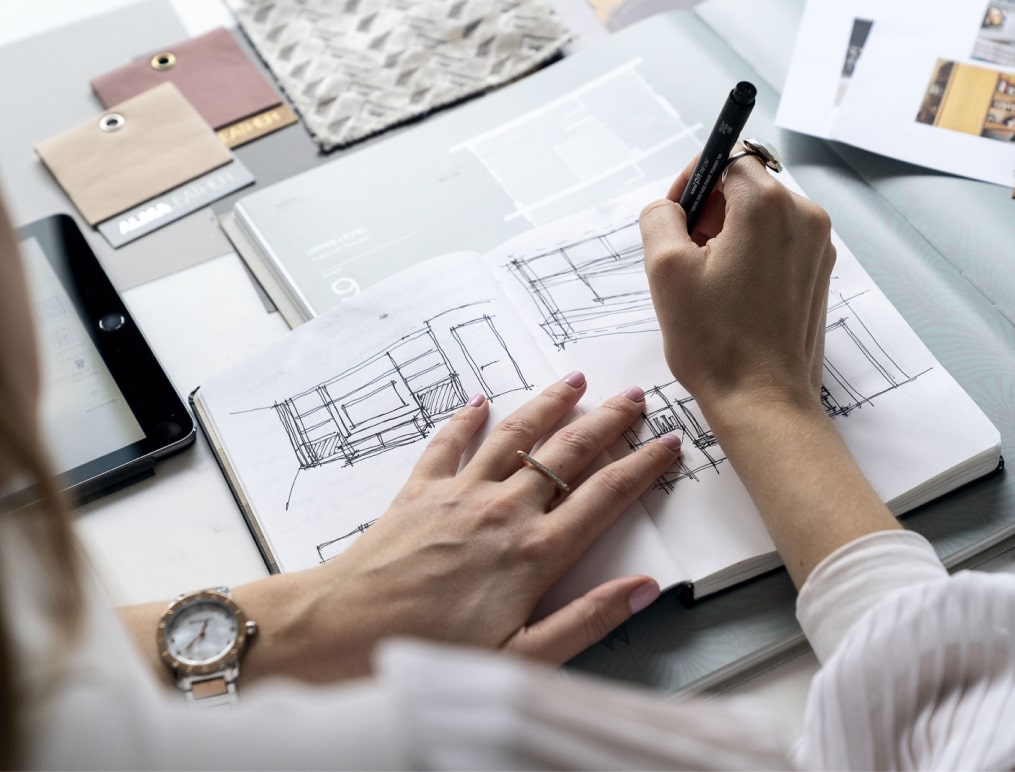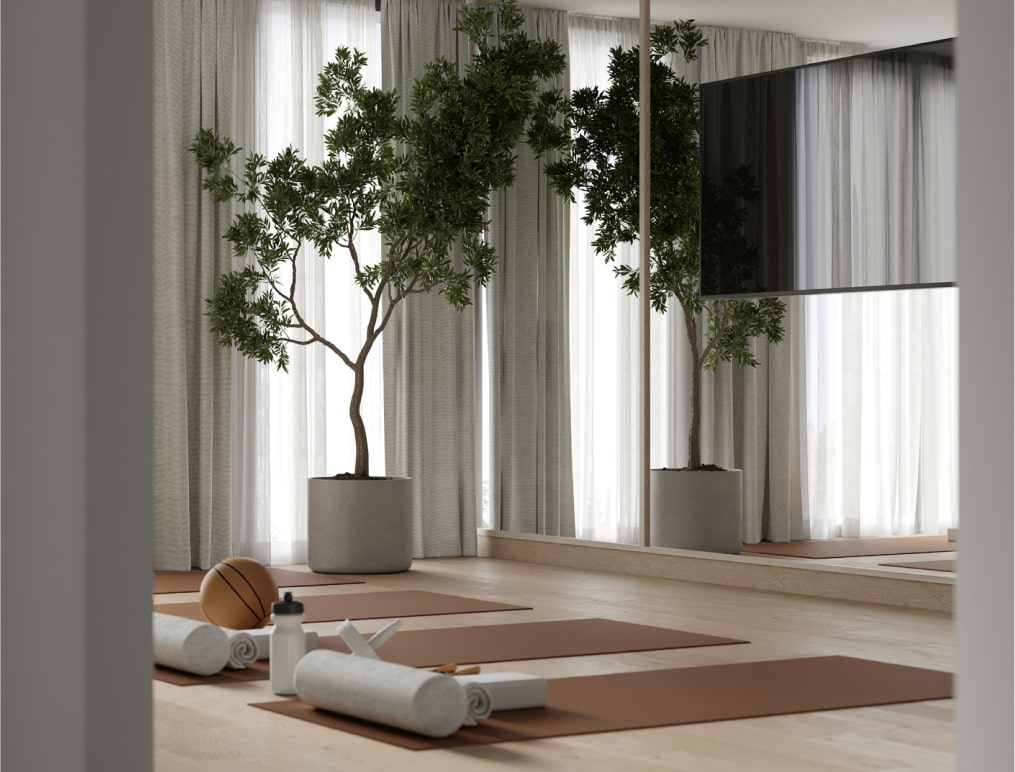Sustainable Design for Hotels: A Path to Eco-Luxury
One of the most common interior design challenges our clients and generally operators in the BTR industry face is the conundrum of dealing with apartment layouts.
With Build to Rent apartments, which are often limited to spatially constrained inner-city homes, the importance of apartment layouts and spatial arrangement is paramount and should not to be overlooked
Awkward apartment layouts with oddly-shaped rooms complete with disproportionate furnishings seem to be common with the UK’s BTR apartments.
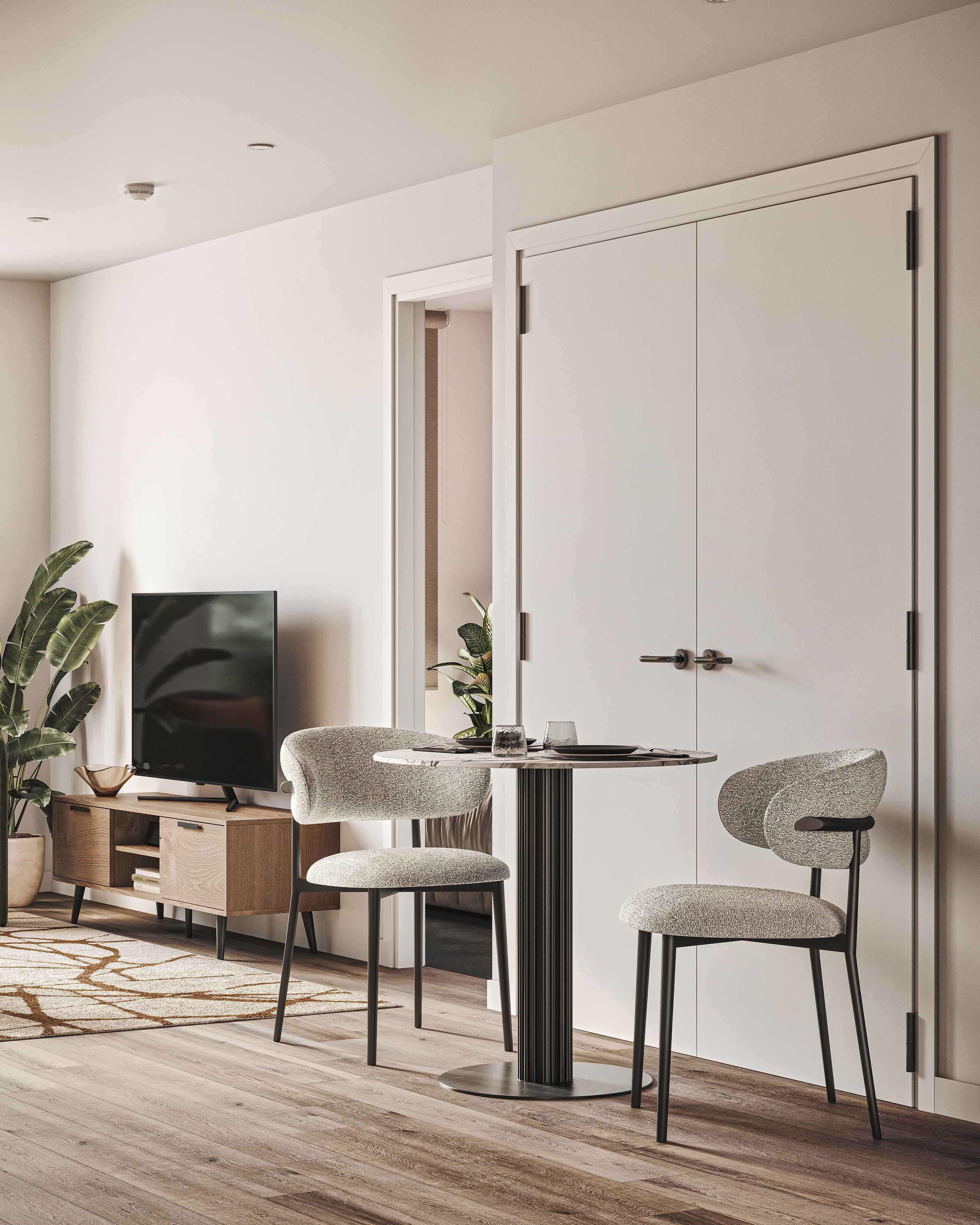
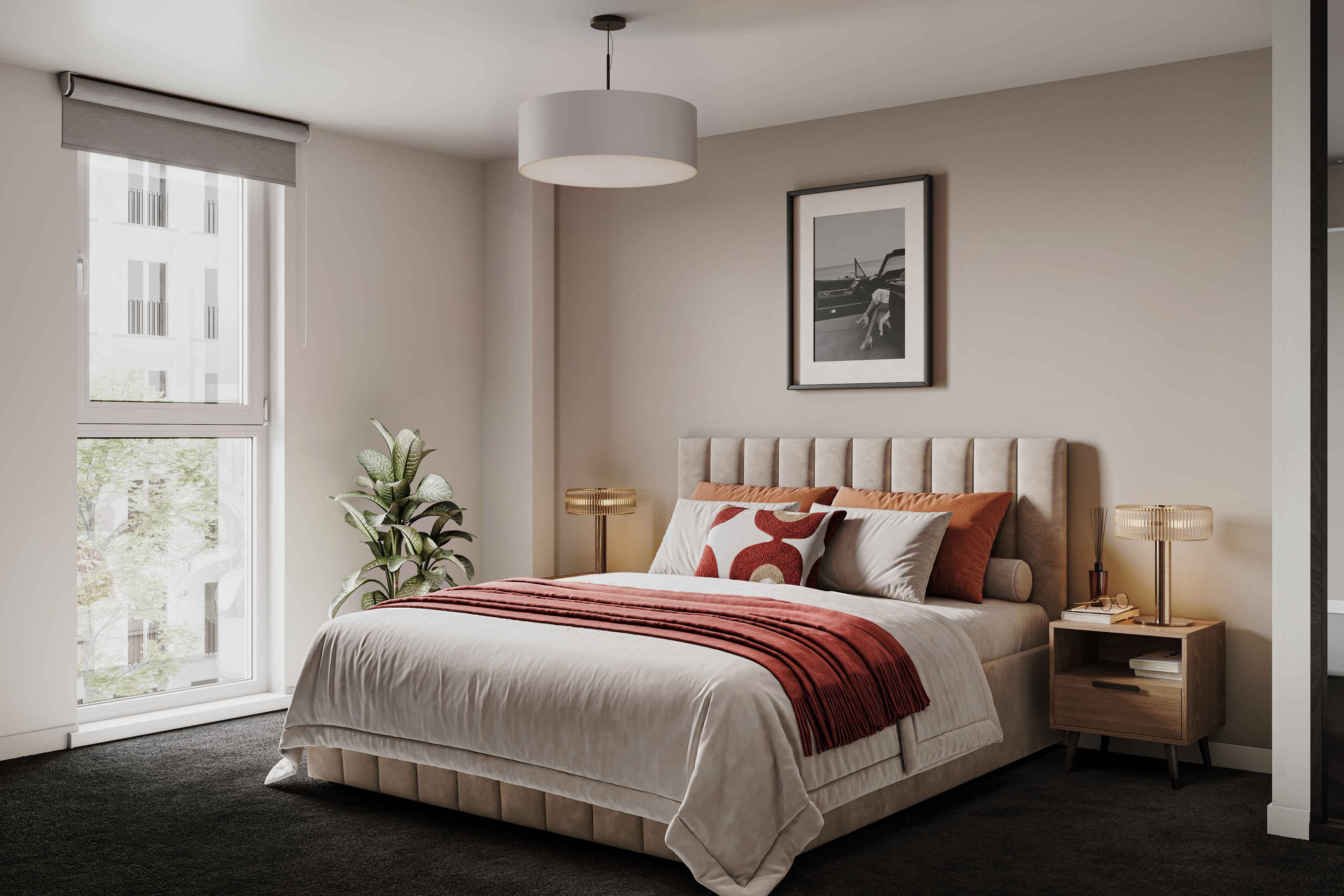
The question is why?
We believe it’s a combination of apartment interior layouts taking a backseat in the early phases of the design of a BTR building with most of the emphasis placed on meeting regulatory, planning and site constraints. So at what point then do the layouts get a look in – too late it seems – well after planning is obtained and after all the structural design elements have been committed. At this stage it’s too late and too constrained to tweak or adjust the spatial layout of the apartments.
Why well-designed and considered layouts are a key to BTR?
Homes are the key product output for the BTR industry. We can go on about good service & amenity offers but at its bare minimum the industry provides long-term private accommodation. You can create incredible 5* interior designed amenities & public spaces but if the core offer (homes) are uninspiring the potential resident will move on and look elsewhere. Whilst the amenity and entrance lobbies will create the first impression as a gateway to the home, the apartment will leave a lasting impression.
When viewing homes, people generally use the phrase “this place felt right” or “I could imagine myself living here” all of which stem from our human ability to ‘read’ spaces on a subconscious level and utilise our imagination to project our lifestyle requirements onto a potential property. Many of those subliminal messages originate from the home’s layout. Thus, the correct positioning of walls, windows and doors will dictate each room’s proportions, quantity of light and future furniture arrangement.
Generally seen as a straightforward exercise, interior designers have to consider multiple constraints such as external facades, MEP, pipework and local space regulations to name a few. Working alongside the building’s architect usually works best, as whilst the architect can bring on board historical understanding of the building and its macro constraints, an interior designer focuses on micro design elements that if not done properly will disrupt the future living experience and will not deliver on the apartment’s full potential.
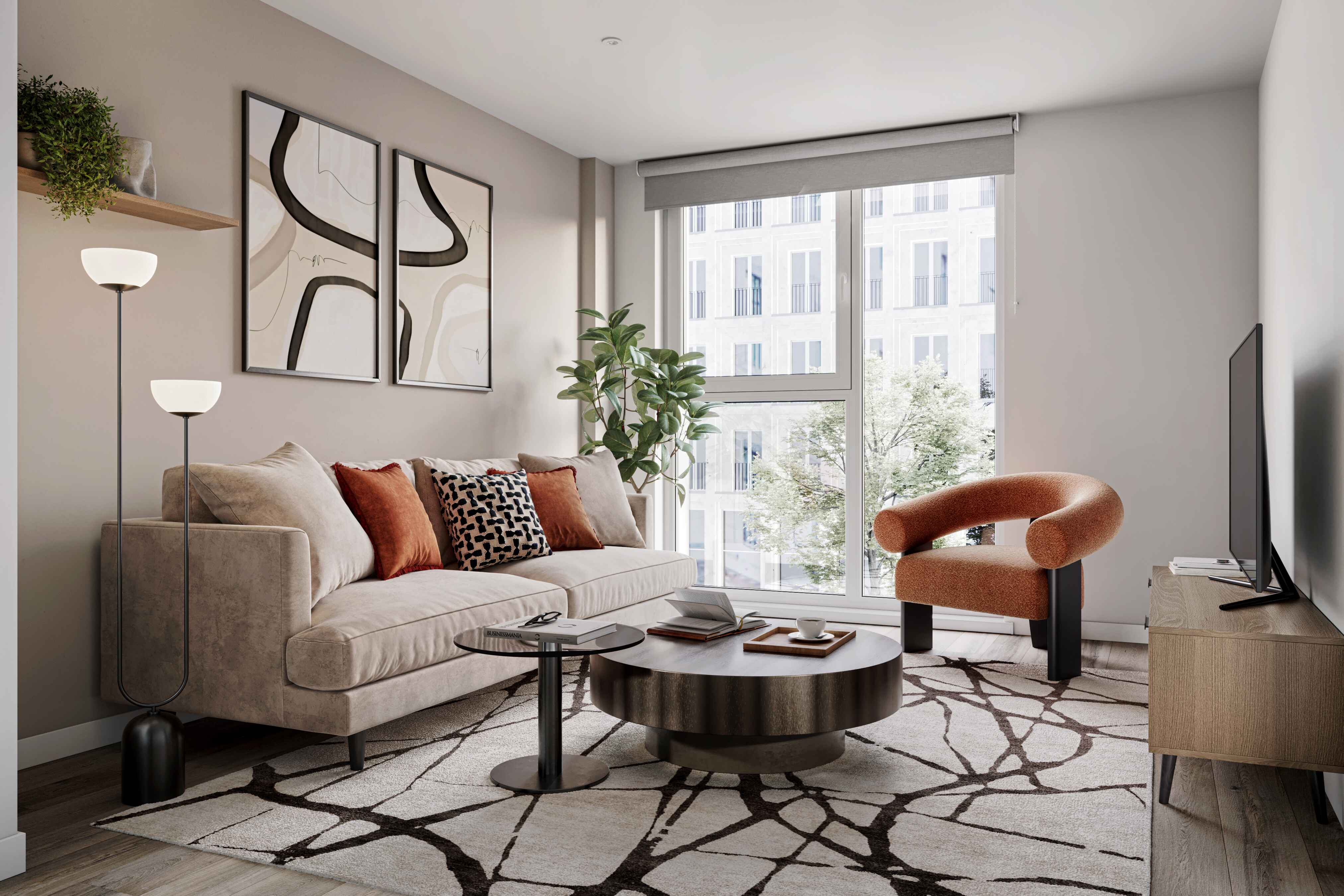
So how do we get this Right?
The key to a win-win scenario can be summarised by the 3 points below:
Engage Early an experienced Build to Rent Interior designer to collaborate with the architectural team to take a holistic view of the building and how it will be used by the future residents.
Analyse & Adjust the interior layouts and specifically the apartment arrangements to ensure spaces are correctly apportioned, furniture arrangements strategised so there won’t be any surprises further down the line
Prioritise the spaces assigned to living areas, adequate bedroom space, storage space, the layout of electrical, TV and internet points, as well as taking into consideration heating radiators, if required.
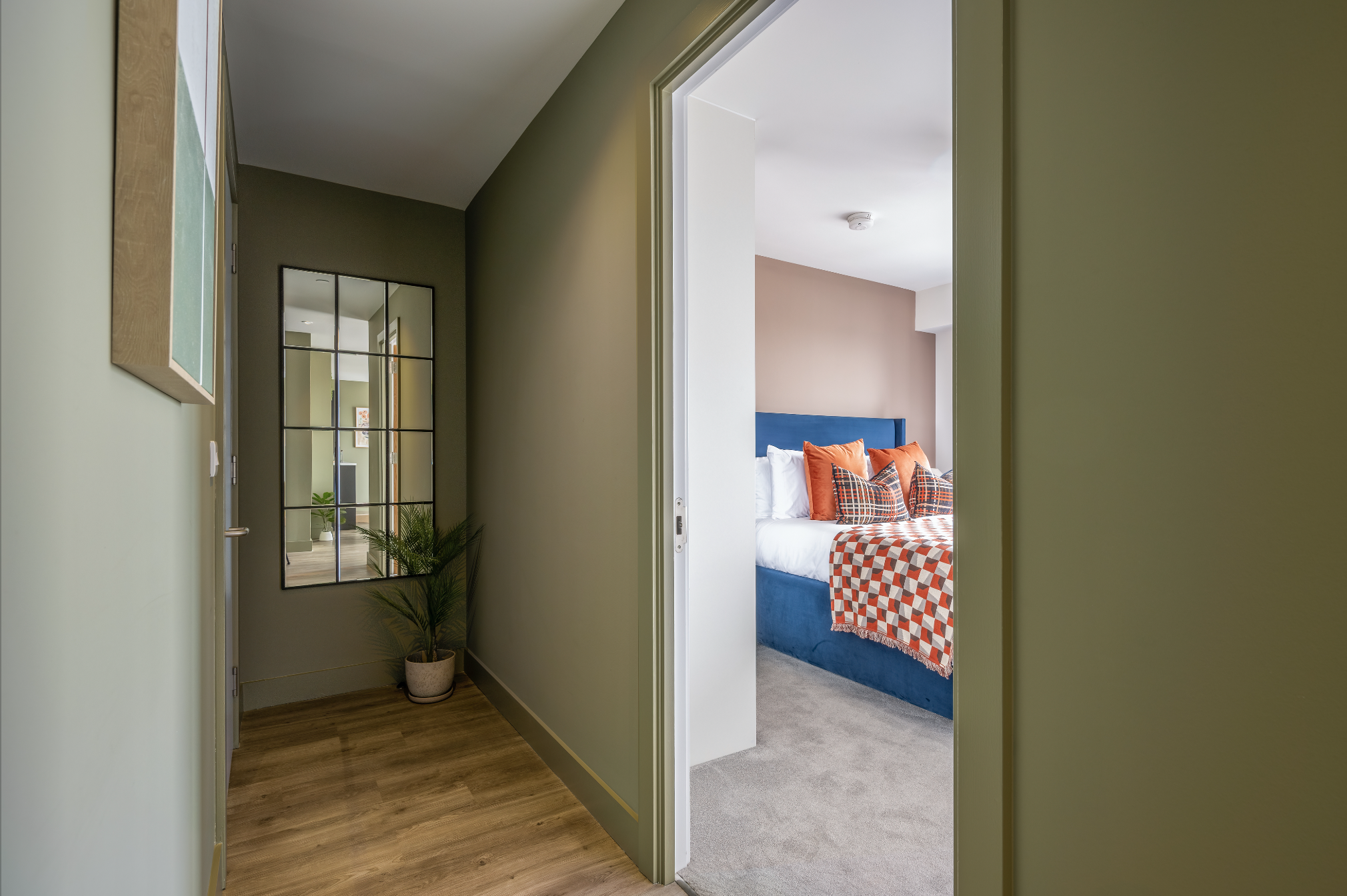
Conclusion
At TEN London we offer a specific service to assist investors, developers and operators to rationalise the spatial constraints of pre-planning Build to Rent projects. We work closely and collaboratively with architects to maximise the internal and spatial potential of the entire development, but more importantly on the apartments – because we know just how important this can be in maximising the future commercial and residential potential of your BTR project.
Winston Churchill said it best: “We shape our buildings; thereafter they shape us”. In a World where our home environment matters to us more than ever, for any new BTR development the apartments are a place to fully deliver on our industry’s promise of providing better places to live.

